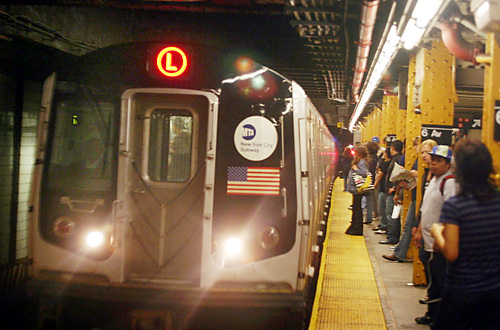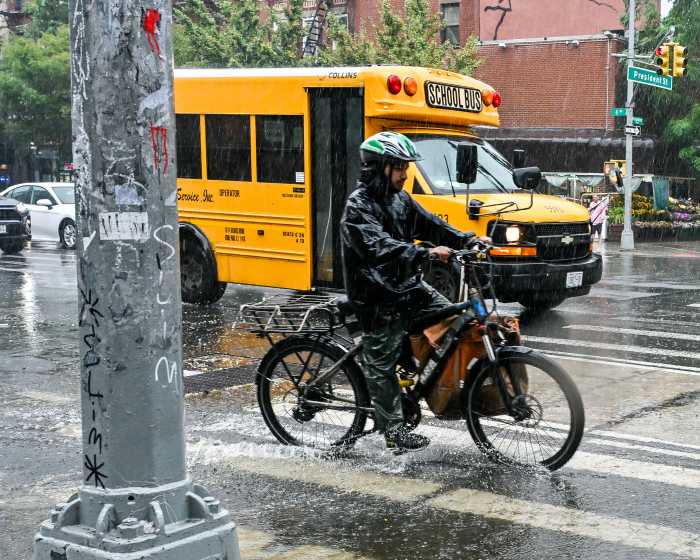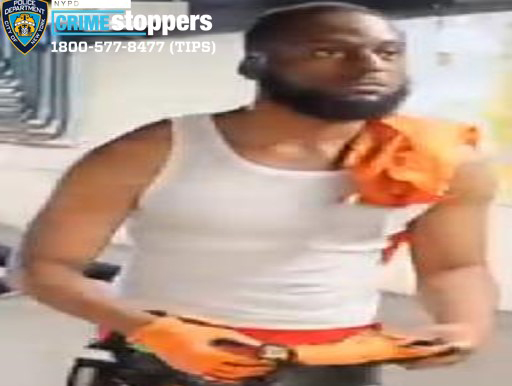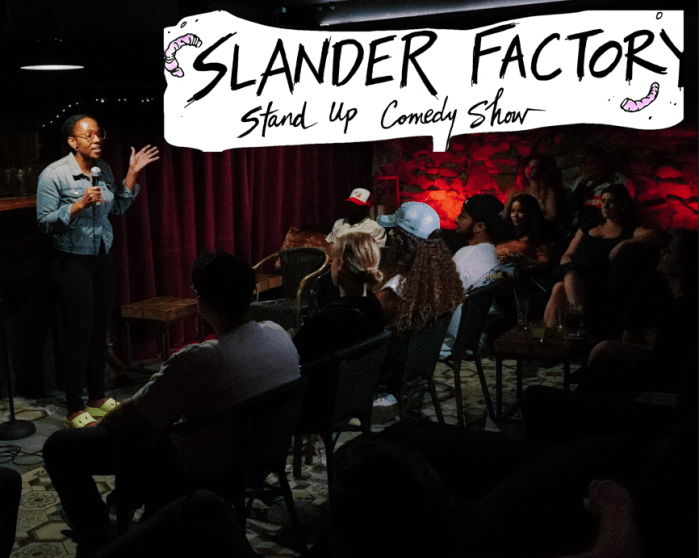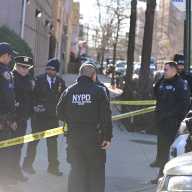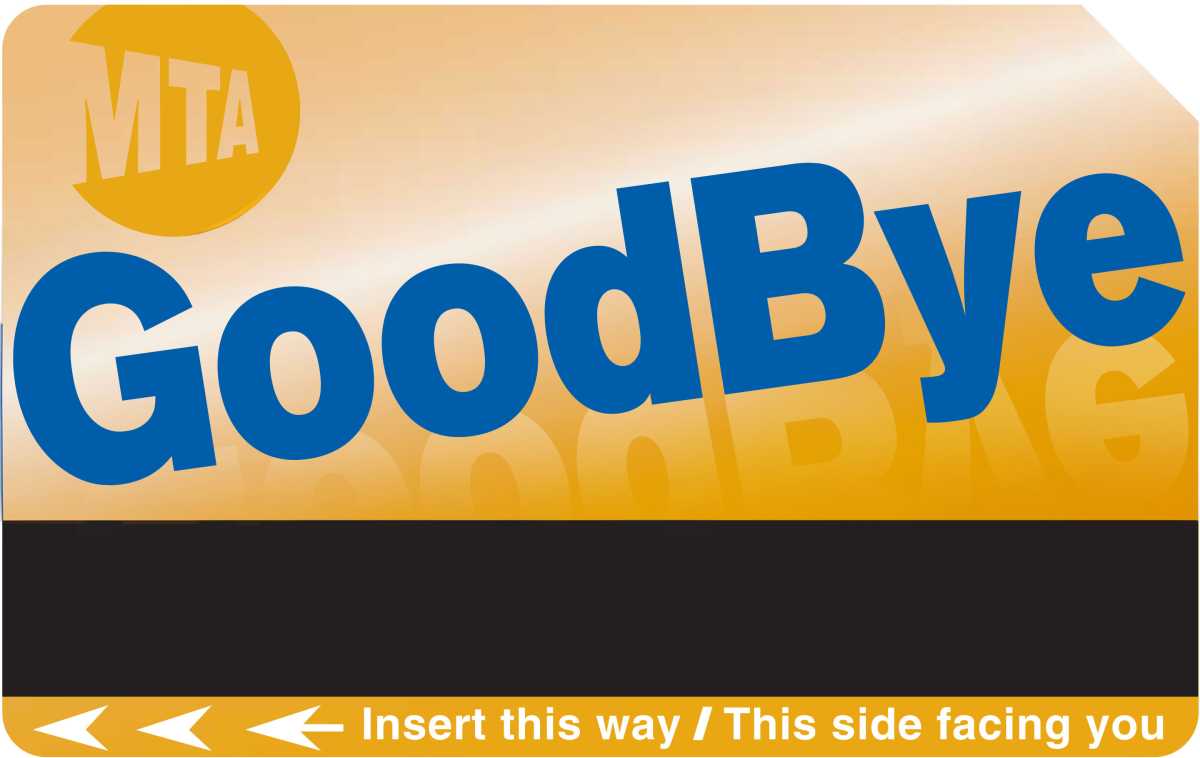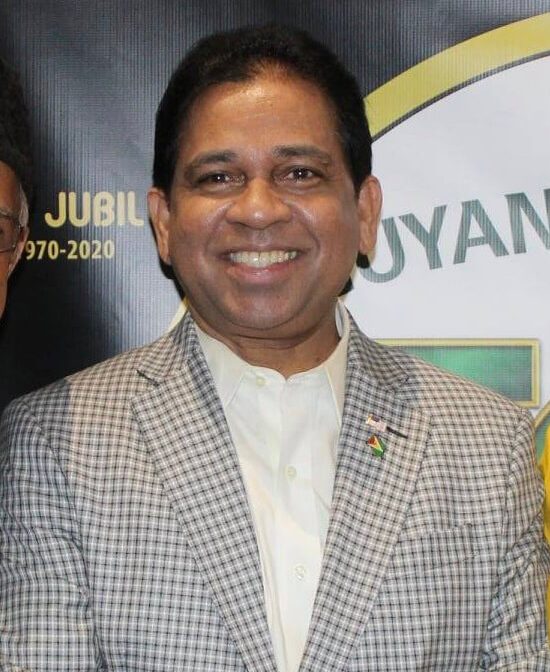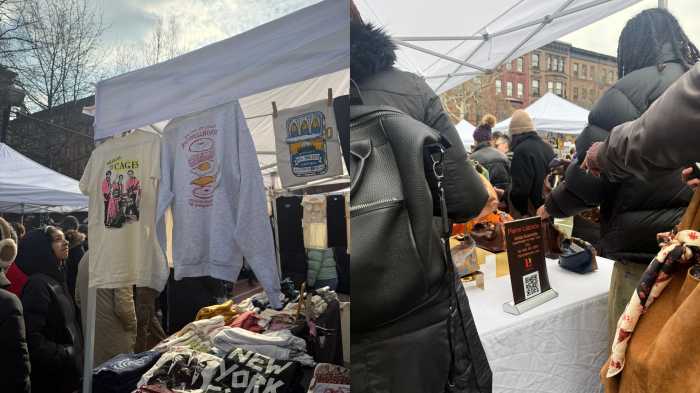What the L kind of choice is that?
The Metropolitan Transportation Authority presented subway surfers with two closure plans for fixing the Sandy-ravaged L train tunnel to Manhattan on Thursday — either sever the connection completely for 18 months, or drastically reduce service on the already overcrowded line for three years — but straphangers said it was pretty clear that the authority has already set its mind on option A.
“I don’t think they’re giving us a choice,” said Williamsburger and lifelong Brooklynite Patricia Dobosz after seeing the authority’s pitch to residents at the Marcy Avenue Armory. “They’re making it look like a choice, but I don’t think they really are.”
Agency honchos touted the full closure as the “most efficient” option, while warning that dramatically diminished service — which would offer one train every 12 to 15 minutes while workers repair one track at a time — would still grind to a complete halt any time there was a construction problem, and that only one in five customers would actually be able to squeeze into the infrequent cars.
In both scenarios, the L would operate as a local line in Brooklyn, but with only one train around every eight minutes — twice as long as the wait now during the morning rush and two minutes longer than the evening rush — which an agency presentation described as “near normal service.”
Officials stressed the need to act quickly — although work to repair the damage from the 2012 Superstorm won’t begin until 2019, and the public only found out about it when it did thanks to a media leak in February.
Residents largely agreed that the faster plan was the best of the two options on offer — though they were told that alternative suggestions of only closing nights and weekends, or building a new tunnel entirely, were out of the question.
Repairs would kick up toxic dust that takes time to clean — so opening and closing the tunnels every day would be impossible — and a new tunnel would take too long to design and build, agency czar Tom Prendergast claimed.
But many said the plan they really want to see is what alternative transportation the agency will offer.
Officials said they will add more cars to the J and M lines and more carriages to the G, and will ask the city if it will carve out a dedicated bus lane across the Williamsburg Bridge to ferry passengers from the Bedford Avenue station. Riders may also be able to transfer between some lines for free, including from the Broadway G stop to the Lorimer Street J and M stop, they said.
But one local entrepreneur said the agency really needs to offer shuttle service from every affected L stop — busing to and from the nearest alternate trains to keep as many visitors coming to the nabe as possible.
“If that went frequently enough, you wouldn’t sacrifice as much of the local traffic,” said Jen Durbin, who owns a business near the Jefferson Street stop.
The meeting itself went far smoother than some of the transit body’s previous interactions with locals over the proposed closure, including a February town hall where crowd members practically ran a rep out the door for refusing to answer their questions.
Officials only answered pre-written questions, and came armed with a slick video and a display of damaged hardware from the tube to make their case.
But officials will have to face the gauntlet again before they choose their final course of action — Prendergast said they will settle on a plan in the next few months after making the rounds at community boards of affected neighborhoods.


